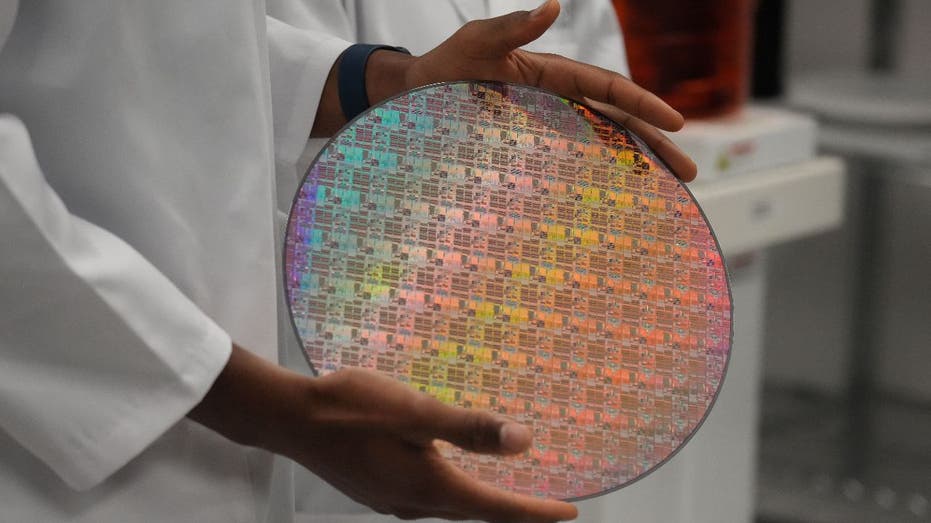Officials continue to assess the devastation caused by Hurricane Helene in the southeastern U.S., and the damage to one small North Carolina town could have a major impact on the tech industry.
Spruce Pine, North Carolina, is one of the few places in the world for mining high-purity quartz, a key component needed for making microchips, solar panels and fiber-optic cables. But destruction from the hurricane forced mining operations in the town to end, with no reopening in sight.
The Quartz Corp. and Sibelco are major quartz suppliers that mine in Spruce Pine, and both shut down their operations ahead of Helene hitting the area. It is now unknown when they will be able to resume.
The town with a population of around 2,000 people was decimated by the storm. One local resident told Reuters in the aftermath, “Spruce Pine is gone, nothing but rooftops poking out of water.”
MUSK BLASTS FCC FOR ‘ILLEGALLY’ PULLING STARLINK AWARD, SAYS IT WOULD’VE HELPED VICTIMS OF HURRICANE HELENE
NPR reported that even if the mines are intact, it may be difficult to ship quartz out of the region, because images show the main rail line used for moving the materials out of Spruce Pine has been heavily damaged.
Belgium-based Sibelco told the outlet in a statement, “We are working closely with our local team to safely restart operations as soon as we can and are actively coordinating with local authorities and other partners to manage the situation.”
CAJUN NAVY ACTIVATES IN HURRICANE HELENE AFTERMATH, SAYS DEVASTATION COMPARABLE TO KATRINA
May Kristin Haugen, spokesperson for The Quartz Corp. told FOX Business in a statement, “We have been able to conduct the first visual inspections to our plants and it would appear that damage is mostly concentrated around ancillary units. It is still too early to assess when TQC will resume operations as this will also depend on the rebuilding of local infrastructure.”

Still, Haugen said, TQC is confident it will be able to avoid any supply disruption for its high-purity quartz customers.
“We operate a long supply chain and like many organisations we added more focus to our resilience planning post-Covid. As a result, we have established strong levels of feed stock in Norway to supply our purification operations,” Haugen added. “Coupled with safety stocks of finished products and those that exist at different levels throughout the supply chain, we do not anticipate any critical situation for our downstream industries in the short or medium term.”
Read the full article here











